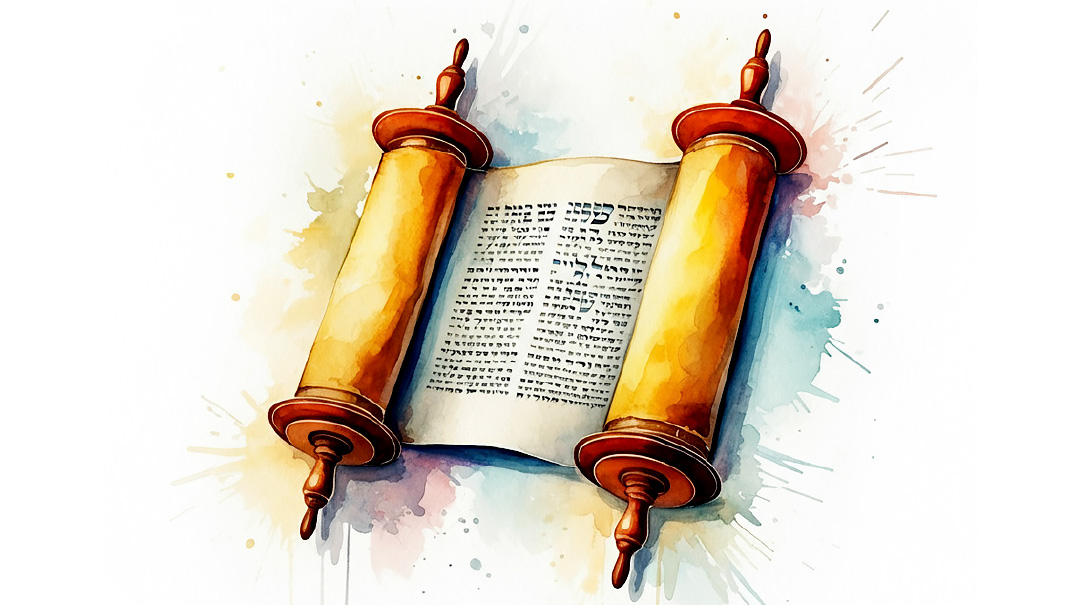Erasing the Past

The two mitzvos that erase the past both come on Yom Kippur

“If a man makes a vow to Hashem or swears an oath… he should not violate his word.” (Bamidbar 30:3)
The parshah begins with the concept of vows and how abiding they are; a person can only be released from an oath with proper annulment. It’s interesting to note that every action in this world can take place in the present or in the future. A person may marry a woman now or can declare that the marriage will take effect in thirty days. A person can purchase a house now, or can have the purchase take effect in thirty days. Neither of these actions can take effect in the past, retroactively.
There is one exception to this, and that is the annulling of vows. A person either expresses regret, or, as we read in the parshah, a husband may revoke certain vows his wife makes, or a man may approach a chacham and have him annul the vow based on certain conditions — essentially undoing the past. (Rav Avigdor Nebenzahl)
It’s a classic for a reason. Your toddler gets ahold of a marker and colors on your wall. How do you react? Been there, done that — too many times already. I’m funny like that, clean walls mean a lot to me. Totally unreasonable, I know. But when we moved out of our rental and into our newly purchased apartment, I decided I’d had enough of these opportunities for avodas hamiddos on my part, and declared our new home marker-free. That didn’t rule out murals made of pencil, pen, or crayons, but those were more easily rectified.
Teshuvah, too, is something that does not fit in with the regular system of this world, for it too can affect what happened in the past. A person repents and his sins retroactively become either unintentional or even meritorious, depending on the level of his teshuvah.
Until one bright June afternoon when I was in my room labeling clothing for camp, with a permanent black fabric marker.
I folded a T-shirt neatly and went to the boys’ room to get another stack of shirts. Estimated negligence time: 30 seconds. Enough time for my current toddler (who’ll remain nameless, as you could insert any of my kids’ names and it would work) to get ahold of the marker and permanently sign his John Hancock on my wall.
To my credit. I didn’t shriek. I want major rebbetzin points. But I did grab the offending marker out of that cute, pudgy hand and stand there, breath heaving while I viewed the damage. And damage it was. An aspiring Mark Rothko in black.
I ran for window spray and a shmatteh. Nothing. Not even a smudge to his strokes. Magic sponge and bleach took the paint off my wall, but not the marker. I ran outside to where we keep extra paint, grabbed a roller and tried damage coverage. The black gleamed beneath my shining paint.
Suffice it to say, we called in a painter who tried primer, sanding the wall, and eventually painting several coats, but although the artwork is now fading it’s still not so cleverly camouflaged. Plus, of course, it’s right at toddler level, so I can’t even cover it with a frame. At least it’s in my bedroom, so I don’t have to deal with guests questioning our dubious taste in art.
It’s interesting to note the connection between these two mitzvos that both erase the past. They both come together on Yom Kippur. We begin our Yom Kippur tefillah with Kol Nidrei, annulling the vows. Why annul vows on Yom Kippur? Perhaps it’s based on this connection that they both have the ability to erase the past. We made a vow and we have the power to declare it null and void. Then we enter Yom Kippur and say to Hashem, “Whatever was in our power to mend, we have repented. Now we beseech You to do the same for our sins, to declare them null and void.”
It’s been years now, and yes, I still notice those faint black marks. But these days it evokes a more whimsical feeling: Remember those crazy child-proofing days? Thank goodness that’s behind me.
Until I walked into the kitchen this past Shabbos and discovered my grandson had gotten ahold of the dry erase marker that I use for grocery lists.
His masterpiece is green. A testimony to the past that will always be present.
(Originally featured in Family First, Issue 803)
Oops! We could not locate your form.


